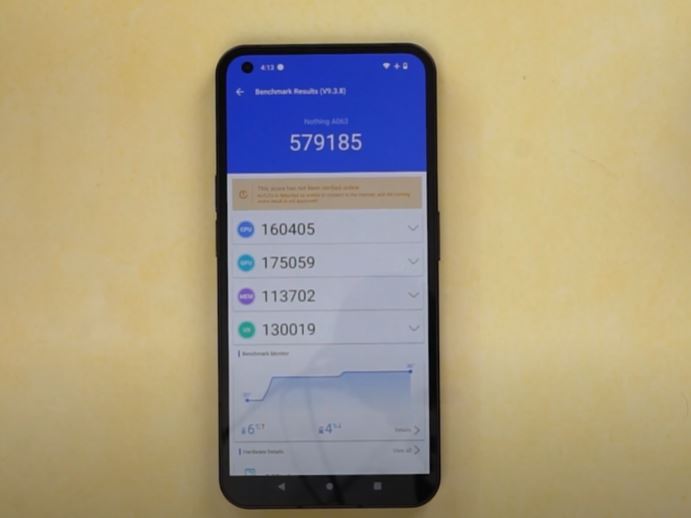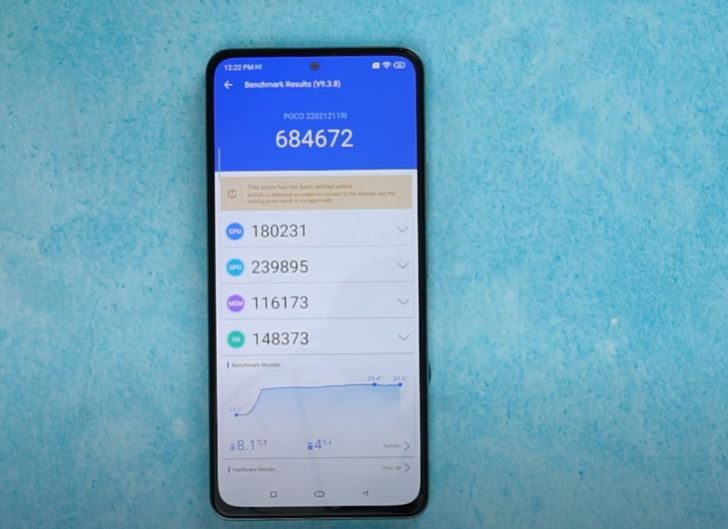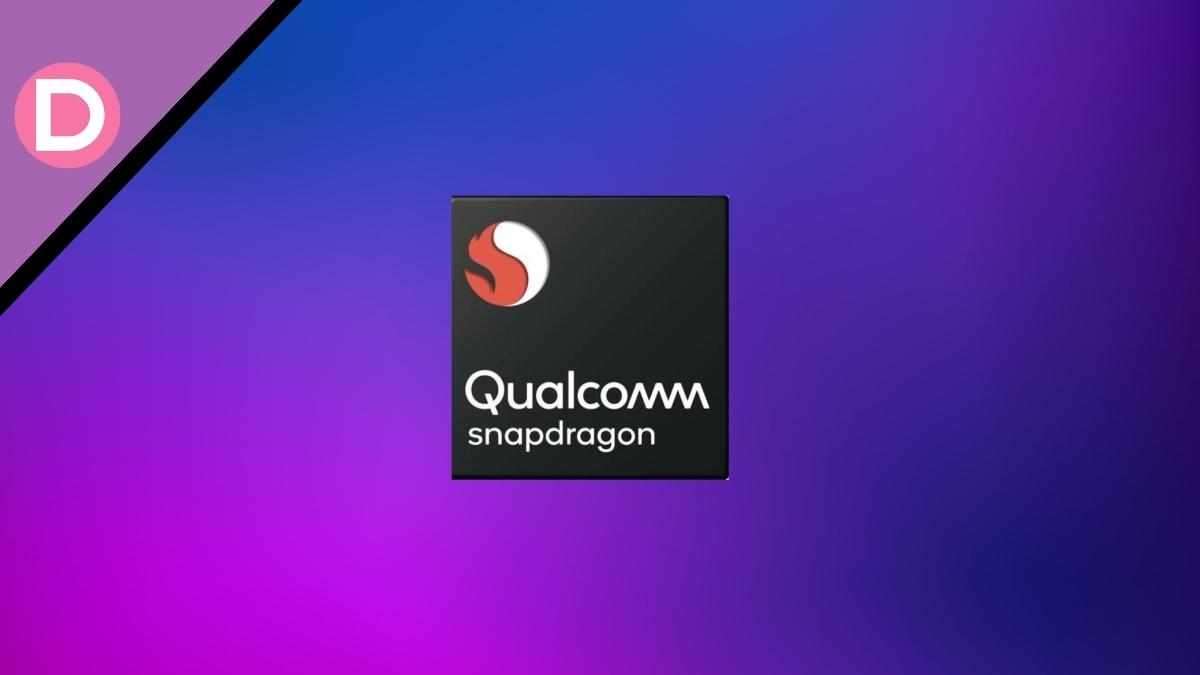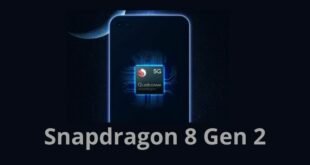Qualcomm released the Snapdragon 778G Plus a couple of months ago and has been performing well. We have seen this new mid-range chipset in phones like the Moto Edge 30 and Nothing Phone 1. On the other hand, the Snapdragon 870 is more than a year old, nine months older than the Snapdragon 778G Plus. We have seen this chip in newly launched mid-range phones like the iQOO NEO 6, POCO F4 5G, and the realme GT Neo 3T. But how do these two chips compare to each other? Let’s find out in this post.
Snapdragon 778G Plus vs Snapdragon 870 Comparison
1. CPU Performance
Let’s start with the performance’s most crucial part of any processor. The Snapdragon 778G Plus comes with an 8-core architecture which includes 1x 2.5 GHz – Kryo 670 Prime (Cortex-A78) core, 3x 2.2 GHz – Kryo 670 Gold (Cortex-A78) cores, and 4x 1.9 GHz – Kryo 670 Silver (Cortex-A55) efficiency cores. The CPU here is clocked at 2500 MHz. It is based on a 6nm fabrication process, which is more power-efficient when compared to the 7nm fabrication process on the Snapdragon 870.
The Snapdragon 870 features an 8-core architecture with 1x 3.2 GHz – Kryo 585 Prime (Cortex-A77) core, 3x 2.42 GHz – Kryo 585 Gold (Cortex-A77) cores, and 4x 1.8 GHz – Kryo 585 Silver (Cortex-A55) efficiency cores. The CPU has an advantage over the Snapdragon 778 Plus as it is clocked higher at 3200 MHz. This makes the Snapdragon 870 a clear winner regarding CPU performance. However, things aren’t too dark for the Snapdragon 778G Plus. It performs almost similarly in day-to-day usage.
2. GPU Performance
As for the GPU, the Snapdragon 778G Plus comes with the Adreno 642L GPU clocked at 500 MHz. On the other hand, the Snapdragon 870 has a more powerful GPU, the Adreno 650, which is clocked higher at 675 MHz. There is no conflict that the Snapdragon 870 has the better GPU performance. For instance, the Snapdragon 870 performs almost 30% better than the three Snapdragon 778G Plus regarding gaming performance.
3. Benchmarks
If you’re into benchmark scores, here are a few benchmarks from some of the most popular benchmark apps.
On AnTuTu 9, the Snapdragon 778G Plus scores 5791, comparatively less than the 684672 on the Snapdragon 870. The Snapdragon 870 beats the Snapdragon 778G Plus in all aspects, whether CPU, GPU, memory, or UX. The Snapdragon 870 scores 18% higher than the Snapdragon 778G Plus.


On GeekBench 5, the Snapdragon 870 scores higher than the Snapdragon 778G Plus in single-core and multi-core performance. The Snapdragon 870 precedes the 778G+ in single-core by 22% and in multi-core by 14%. The Snapdragon 870 scores around 1000 in single-core and 3380 in multi-core, whereas the Snapdragon 778G Plus scores 815 and 2941 in single-core and multi-core, respectively.
On 3DMark Wild Life, the Snapdragon 870 performs 58% better than the Snapdragon 778G Plus. 3D Mark is a cross-platform benchmark app that tests the GPU performance of a device.
It should be no surprise that the Snapdragon 870 beats the Snapdragon 778G Plus in terms of performance in both CPU and GPU departments.
Snapdragon 870 is a flagship-grade chipset from Qualcomm. In contrast, the Snapdragon 778G Plus is more of a mid-range chipset with high performance. The only edge that the Snapdragon 778G Plus has over the Snapdragon 870 is that it is built on a more power-efficient 6nm architecture compared to the 7nm on the Snapdragon 870.
4. Display & Camera Support
As for display support, the Snapdragon 778G Plus can go up to FHD+ @144Hz. On the other hand, the Snapdragon 870 can go higher up to 4K @60Hz or QHD+ @144Hz. Both the processors are HDR10 and HDR10+ capable.
As for the cameras or video recording, the Snapdragon 778G+ can record and playback videos up to 4K at 30FPS. The Snapdragon 870 takes it a notch further by being able to record and playback 8K at 30FPS and 4K at 60FPS videos. Moreover, the Snapdragon 870 can also record videos directly in Dolby Vision, which the Snapdragon 778G Plus cannot.
5. Connectivity
Both the processors are 5G capable, but the Snapdragon 870 has the edge over the Snapdragon 778G Plus (X53 5G modem) due to the more advanced X55 5G modem. The download and upload speeds on the Snapdragon 870 are better as well. The download speed on the Snapdragon 870 is more than 2X higher than that of the Snapdragon 778G Plus. As for the upload speeds, it is around 33% better. The Snapdragon 778 Plus has an advantage in the Wi-Fi department as it supports Wi-Fi 6E instead of the Wi-Fi 6 on the Snapdragon 870.
Which One is Better?
The answer to this question is straightforward: the Snapdragon 870 is the better one. It is better in terms of performance, display or cameras. However, the Snapdragon 778G Plus has a better architecture based on a 6nm fabrication process, making it more power-efficient. Also, it is nine months younger than the Snapdragon 870, which means better reliability in the future.
If you want the best performance for your buck, go for the Snapdragon 870. Otherwise, the Snapdragon 778G Plus performs very well and has advantages. It should also be noted that Snapdragon 778G Plus phones are more affordable than the Snapdragon 870 ones.



